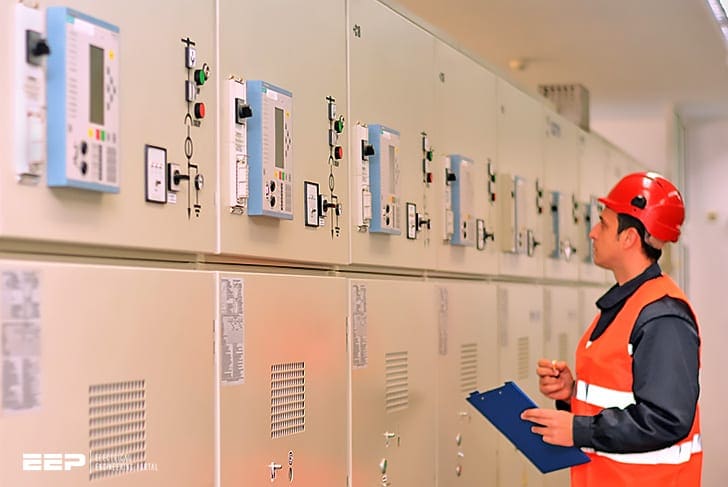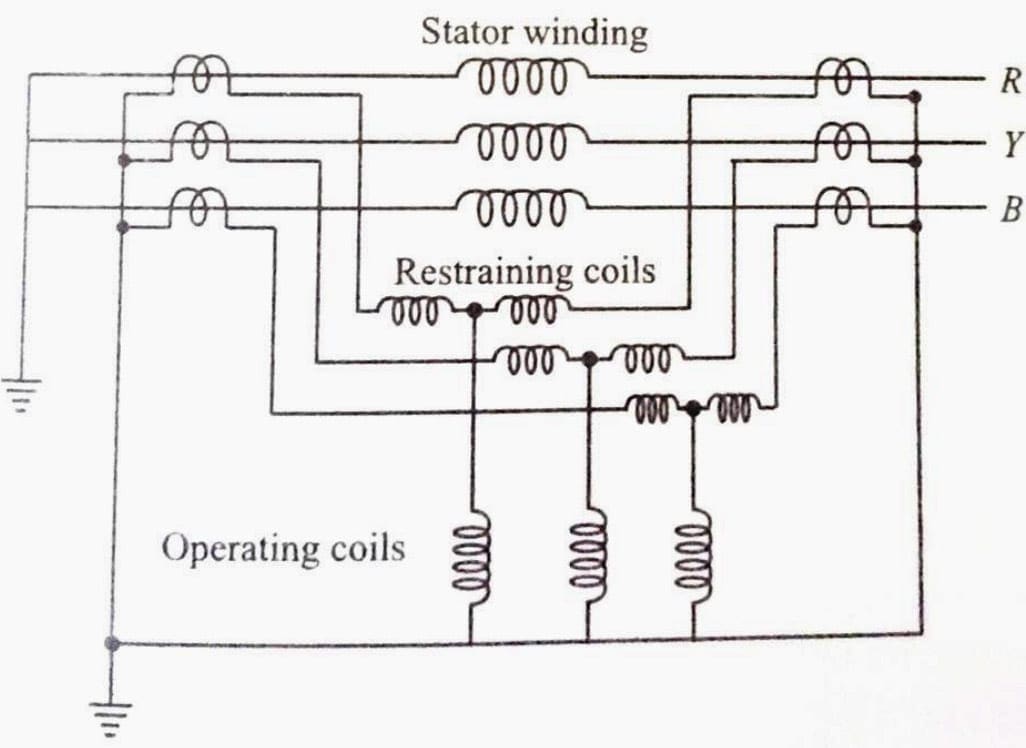Generator protection
The generator is the prime equipment and one of the most important in the power system. The increased size of the generators and even greater increase in their capacity makes the imperative to protect them against fault. Unlike other apparatus only isolating the circuit breaker is not enough to prevent further damage as the generator would still supply power to its stator windings until the excitation is suppressed.

So for isolation it is needed to open the field to avoid any excitation, and to stop the fuel supply to the prime mover.
Generator faults
Generator faults can be considered as follows.
(a) Stator faults
These include the following stator faults:
- Phase to earth faults.
- Phase to phase faults
- Inter turn faults
The stator is prone to maximum amount of faults in the system with phase to earth fault being the most common. The interturn faults and phase faults are less common but develop into an earth fault in the long run.
(b) Rotor faults
The faults that exist in the rotor can be either earth fault or an interturn fault. These faults are mainly caused by the mechanical and thermal stress acting upon the winding insulation.
In the modern era, the practice is to operate the field winding isolated from the earth so that a single fault between field winding and rotor body due to insulation breakdown can be tolerated.

(c) Abnormal running conditions
The abnormal running conditions that can occur are
- Loss of excitation,
- Unbalance loading,
- Overloading,
- Failure of prime mover,
- Overspeeding, and
- Overvoltage.
Field failure may occur due to a faulty field breaker. When a generator loses its excitation, the amount of reactive power supplied to the system is lost. Instead it would draw excitation from the system while delivering real power at leading power factor.
If there is any unbalance in the system due to a phase fault or due to the unbalance loading, it gives rise to negative sequence currents.
It produces an armature reaction field which rotates in a direction opposite to that of the rotor and hence produces a flux which is twice the frequency.
These currents are linked to the rotor and damper windings which produces heating in the windings.
| Title: | Lecture notes in relay protection for students (generator, motor and transformer) – Dr R.K.Jena |
| Format: | |
| Size: | 1.60 MB |
| Pages: | 72 |
| Download: | Here 🔗 (Get Premium Membership) | Video Courses | Download Updates |


